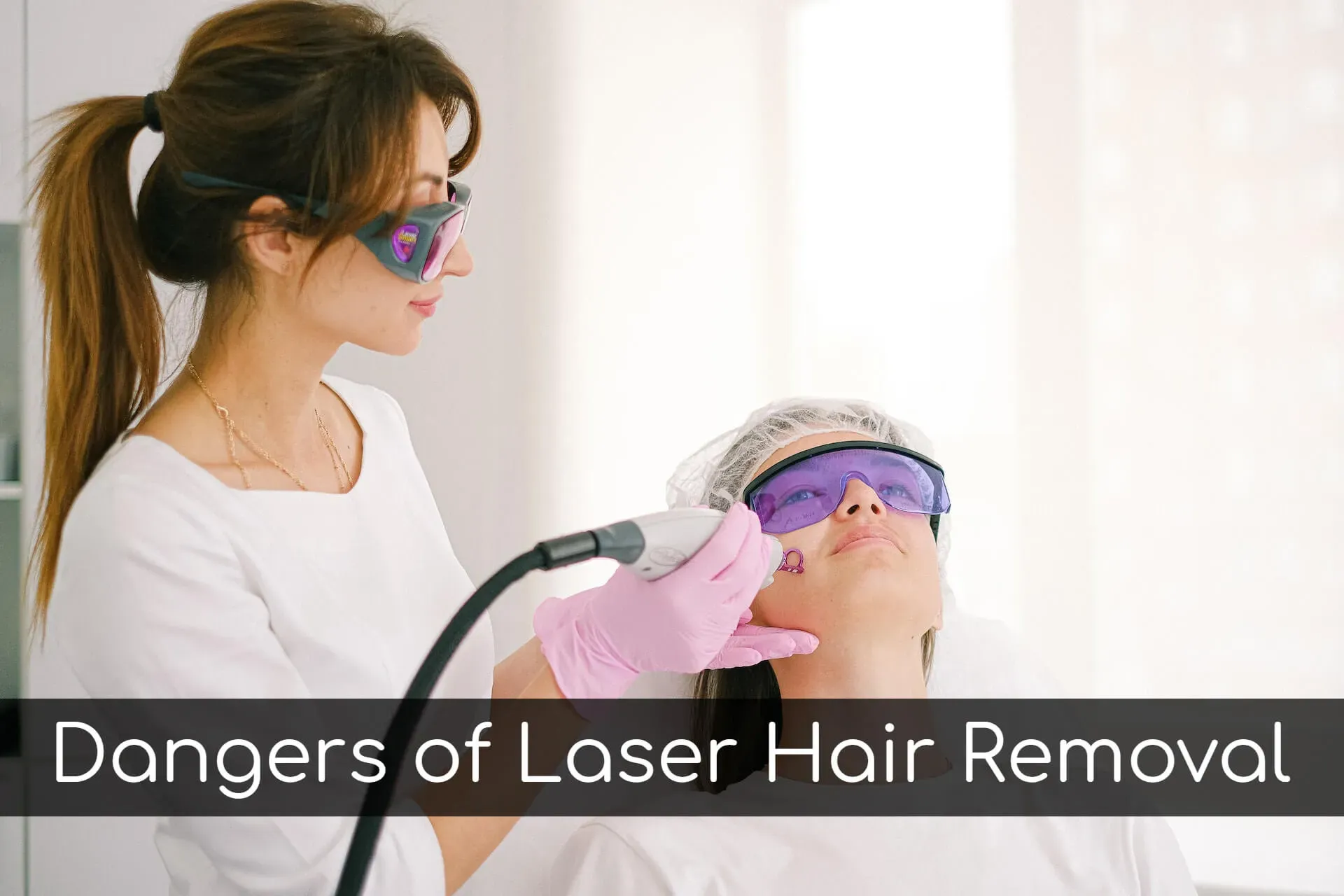Table of Contents
Tired of the endless cycle of shaving, waxing, or plucking? The promise of smooth, hair-free skin delivered right in your living room sounds pretty tempting, doesn't it? At-home laser hair removal devices have flooded the market, offering a seemingly convenient and cost-effective alternative to salon visits. You see the ads, read the glowing reviews, and think, "Why not give it a shot?" It feels like the perfect solution to ditching those pesky hairs without the appointments or the higher price tag. But before you invest your hard-earned money and point that device at your skin, it's crucial to understand what you're actually getting into. While these gadgets are marketed as user-friendly, there are significant risks of at home laser hair removal that aren't always front and center in the marketing materials. You need to know the potential downsides – the burns, the pigmentation issues, the simple fact that they might not even work for you – before you make a decision.
Understanding AtHome Laser Hair Removal Devices

Understanding AtHome Laser Hair Removal Devices
Alright, so you're looking into these at-home laser gadgets. Let's break down what they actually are and how they claim to work. Think of them as handheld versions of the machines you'd see in a clinic, but generally way less powerful. Most of them use Intense Pulsed Light (IPL) or a lower-energy diode laser. The core idea is pretty simple: the device emits a light pulse that's supposed to be absorbed by the pigment, or melanin, in your hair follicle. When that light energy gets absorbed, it converts to heat, and that heat is supposed to damage the follicle enough to stop or significantly slow down future hair growth. It's all about targeting that dark pigment within the hair shaft. Because they are less intense than professional machines, you typically need repeated sessions over weeks or months to see any significant reduction, and even then, results can vary wildly.
The Real Risks of At Home Laser Hair Removal: Skin Type and Color
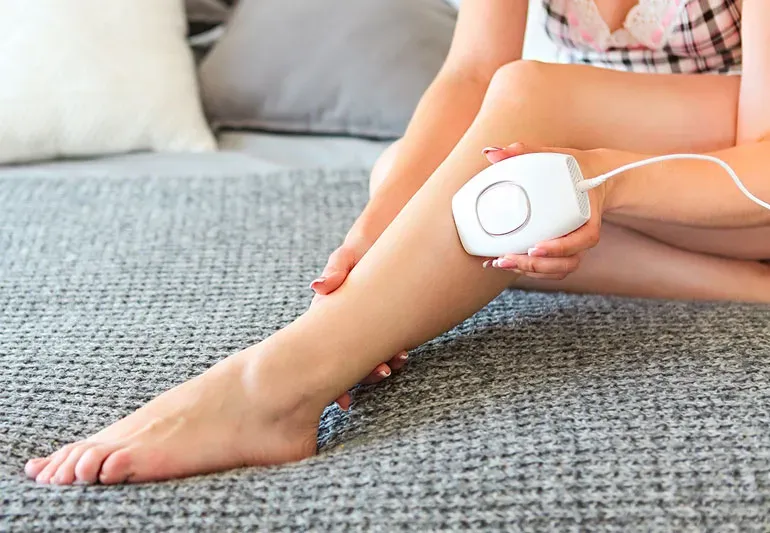
The Real Risks of At Home Laser Hair Removal: Skin Type and Color
Why Your Skin Color is the Laser's Target Practice
let's get down to brass tacks about the real risks of at home laser hair removal, and it starts with something fundamental: your skin tone and hair color. These devices, whether they use actual laser light or Intense Pulsed Light (IPL), work by zeroing in on pigment. Specifically, the melanin in your hair follicle. The darker the hair, the more melanin it has, and the better the light can find and heat it up to damage it. Sounds straightforward, right? But here's the catch: your skin also has melanin. If the device can't tell the difference between the melanin in your dark hair and the melanin in your dark skin, it's going to hit both. And when your skin absorbs too much light energy, that's when things go wrong. The device essentially gets confused about what it's supposed to be targeting, leading to potential damage.
Higher Melanin, Higher Risk: Burns and Pigmentation Problems
This melanin confusion is why people with darker skin tones face significantly higher risks of at home laser hair removal complications. Instead of just heating the hair follicle, the light energy gets absorbed by the surrounding skin. This can lead to some rather unpleasant outcomes like burns, blisters, and lasting changes to your skin's color – either hyperpigmentation (dark spots) or hypopigmentation (light spots). It's not a minor inconvenience; these can be serious and sometimes permanent side effects. On the flip side, if you have very light hair (blonde, red, grey) with any skin tone, these devices often just won't work effectively. There isn't enough melanin in the hair for the light to target. You're essentially zapping your skin without doing much to the hair, which is a waste of time and still carries some risk, albeit maybe not the severe burn risk of darker skin types.
So, who are these devices actually designed for? It boils down to contrast.
- Best Case: Light skin, dark hair (high contrast)
- Okay Case (Use with Caution): Light to medium skin, dark hair
- High Risk / Likely Ineffective: Dark skin (any hair color), Light hair (any skin tone)
Common Side Effects and Risks of At Home Laser Hair Removal Devices
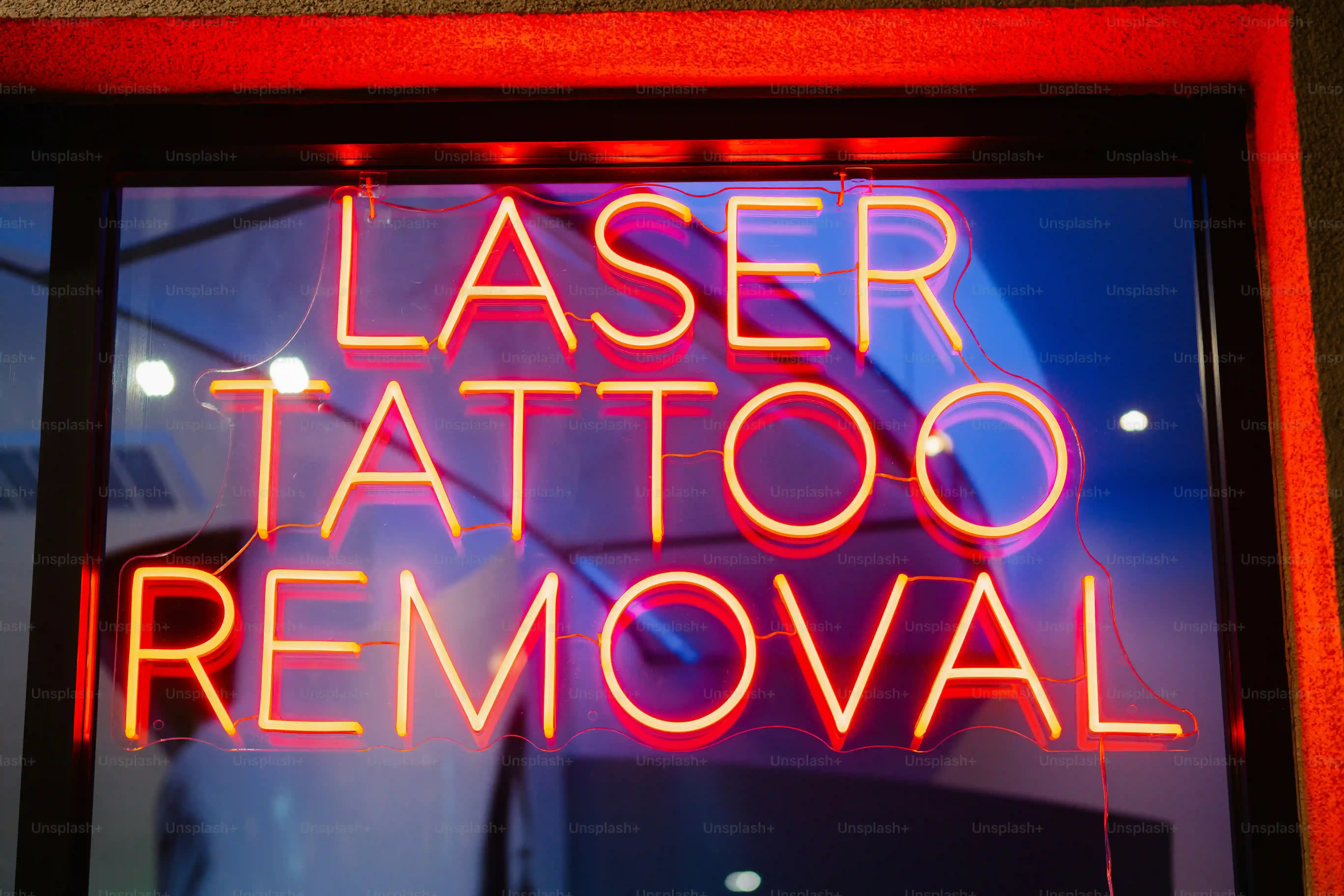
Common Side Effects and Risks of At Home Laser Hair Removal Devices
More Than Just a Little Zap: Immediate Reactions
so beyond the whole skin tone compatibility issue, let's talk about what happens right after you use one of these at-home gadgets. It's not always a walk in the park. You might feel a sensation often described as a rubber band snapping against your skin. Some spots hurt more than others, especially where the hair is thicker or your skin is more sensitive. After a treatment, it's pretty common to see some redness and swelling around the treated follicles. It looks a bit like goosebumps or a mild sunburn. This usually calms down within a few hours, maybe a day, but it's definitely a visible side effect. It’s your skin reacting to the heat pulse.
When Things Go Wrong: Burns, Blisters, and Scars
Now, for the less pleasant possibilities among the common side effects and risks of at home laser hair removal devices. If the device settings are too high for your skin type, or if you overlap pulses, or frankly, if the device just isn't calibrated well, you can get burned. These aren't just minor red marks; we're talking about actual burns that can blister. Blisters are open wounds, susceptible to infection, and they hurt like heck. If a burn is severe enough or gets infected, it can lead to permanent scarring. Nobody signs up for hair removal thinking they might end up with scars, but it's a very real risk, especially when you're trying to perform a medical procedure on yourself in your bathroom.
- Redness and Swelling: Most common, usually temporary.
- Pain or Discomfort: Varies by individual and area.
- Blistering: Indicates a burn, requires medical attention.
- Crusting or Scabbing: Part of the healing process after a burn or significant reaction.
- Scarring: A potential long-term result of severe burns or improper healing.
- Changes in Skin Texture: Skin might feel rougher or different in treated areas.
Pigment Problems and Eye Safety Hazards
Beyond the immediate skin trauma, pigmentation changes are a significant concern, particularly with the risks of at home laser hair removal devices. We touched on this with darker skin, but even on lighter skin, you can develop hyperpigmentation (dark spots) or hypopigmentation (light spots), especially if you've had recent sun exposure or if the device isn't used correctly. These color changes can be temporary or, unfortunately, permanent. Then there's the risk to your eyes. The light emitted by these devices is powerful enough to damage your vision. Most devices come with protective eyewear, and you absolutely *must* wear it. Zapping too close to your eyes, or the light reflecting off a mirror, can cause serious eye injury, potentially even blindness. It sounds dramatic, but the warnings are there for a reason.
Comparing Risks: AtHome vs. Professional Laser Hair Removal
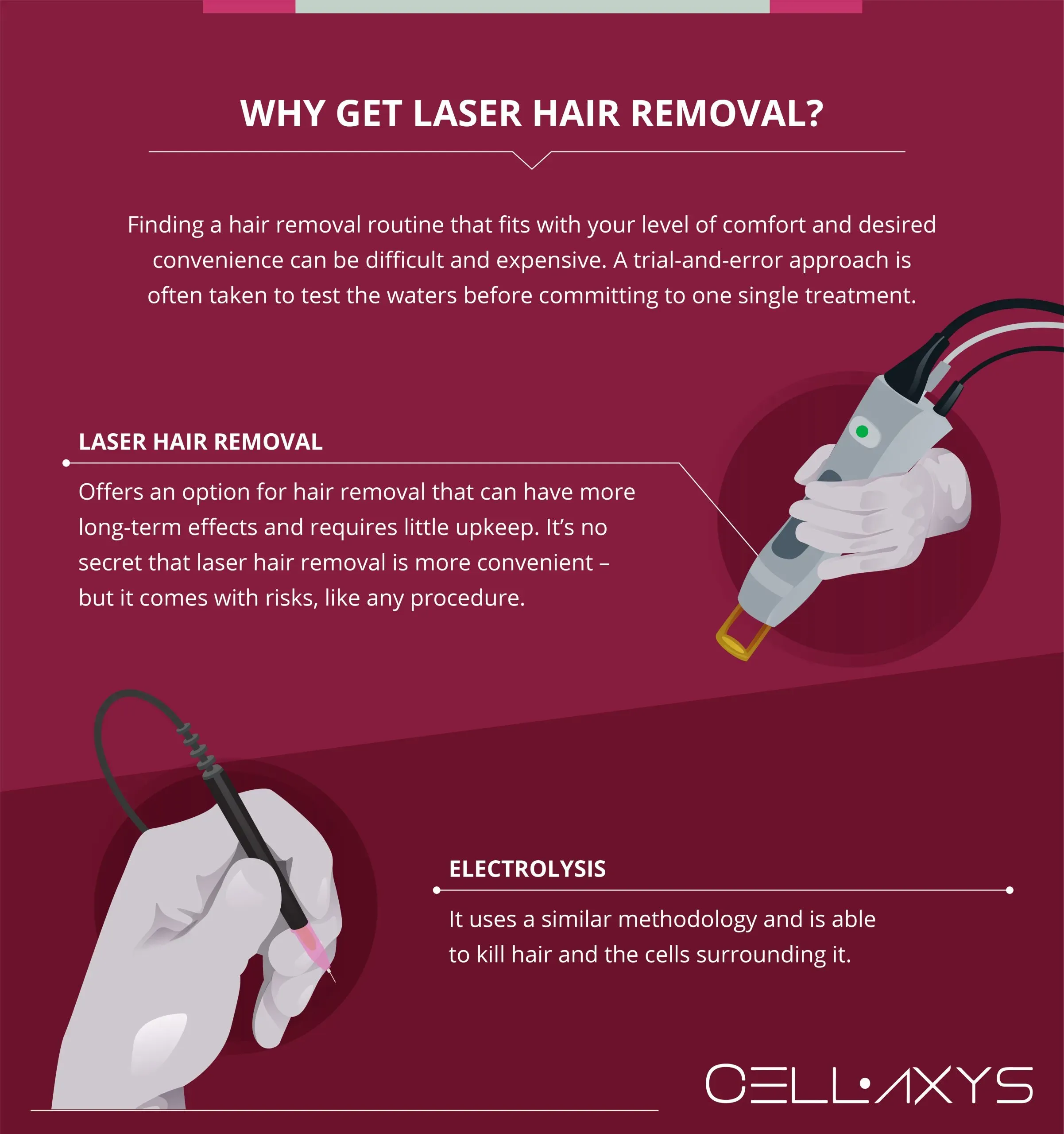
Comparing Risks: AtHome vs. Professional Laser Hair Removal
Power and Precision: Not All Zaps Are Equal
When you look at the risks of at home laser hair removal compared to getting it done professionally, the biggest difference often boils down to the equipment itself. Clinic-grade lasers are simply more powerful and offer much greater control. They can target the hair follicle more effectively with specific wavelengths designed for different skin and hair types. This precision means the technician can adjust the settings minute by minute based on how your skin is reacting. Your little handheld device? Not so much. It operates at lower energy levels, which is why it often takes a gazillion sessions to see results, and why it might not work on certain hair/skin combinations at all. But lower power doesn't always mean lower risk; if it's the wrong type of light for your skin, or you misuse it, you're still asking for trouble.
Expert Eyes vs. Guesswork: The Human Factor
Here's another crucial point in the comparison: who is operating the device? At a reputable clinic, you have trained professionals – sometimes even a dermatologist or under their supervision, like at hairawaybylaser.com – assessing your skin and hair, determining the right settings, and performing the treatment. They know how to identify potential issues *before* they happen and how to react if your skin shows signs of distress. At home, you are the expert. You're trying to read cryptic instruction manuals, figure out what "moderate discomfort" means for your pain tolerance, and hopefully not miss a spot or accidentally zap something you shouldn't. This lack of professional assessment and real-time adjustment significantly elevates the risks of at home laser hair removal.
Factor | At-Home Devices | Professional Treatment |
|---|---|---|
Device Power | Generally lower | Higher, adjustable |
Precision & Targeting | Less precise | More precise, specific wavelengths |
Operator Skill | User (often untrained) | Trained technician/supervision |
Skin Assessment | User's best guess | Professional evaluation |
Risk of Complications | Higher for burns, pigment changes (especially with misuse or unsuitable skin) | Lower, but still possible (managed by expertise) |
Safety Profile and Outcome Likelihood
Considering the differences in power, control, and the presence of trained personnel, it stands to reason that the overall safety profile leans heavily towards professional treatments. While no laser treatment is entirely without risk, the likelihood of severe burns, lasting pigmentation issues, or scarring is considerably lower when performed by someone who does this for a living and has the right tools. Professional treatments are also generally more effective in the long run because they can use appropriate energy levels to actually damage the follicle effectively. You might pay more upfront for professional sessions, but you're also paying for a higher degree of safety and a better chance of achieving the results you actually want, rather than just dealing with the risks of at home laser hair removal without the payoff.
Minimizing Risks and Making Safe Choices for Hair Removal
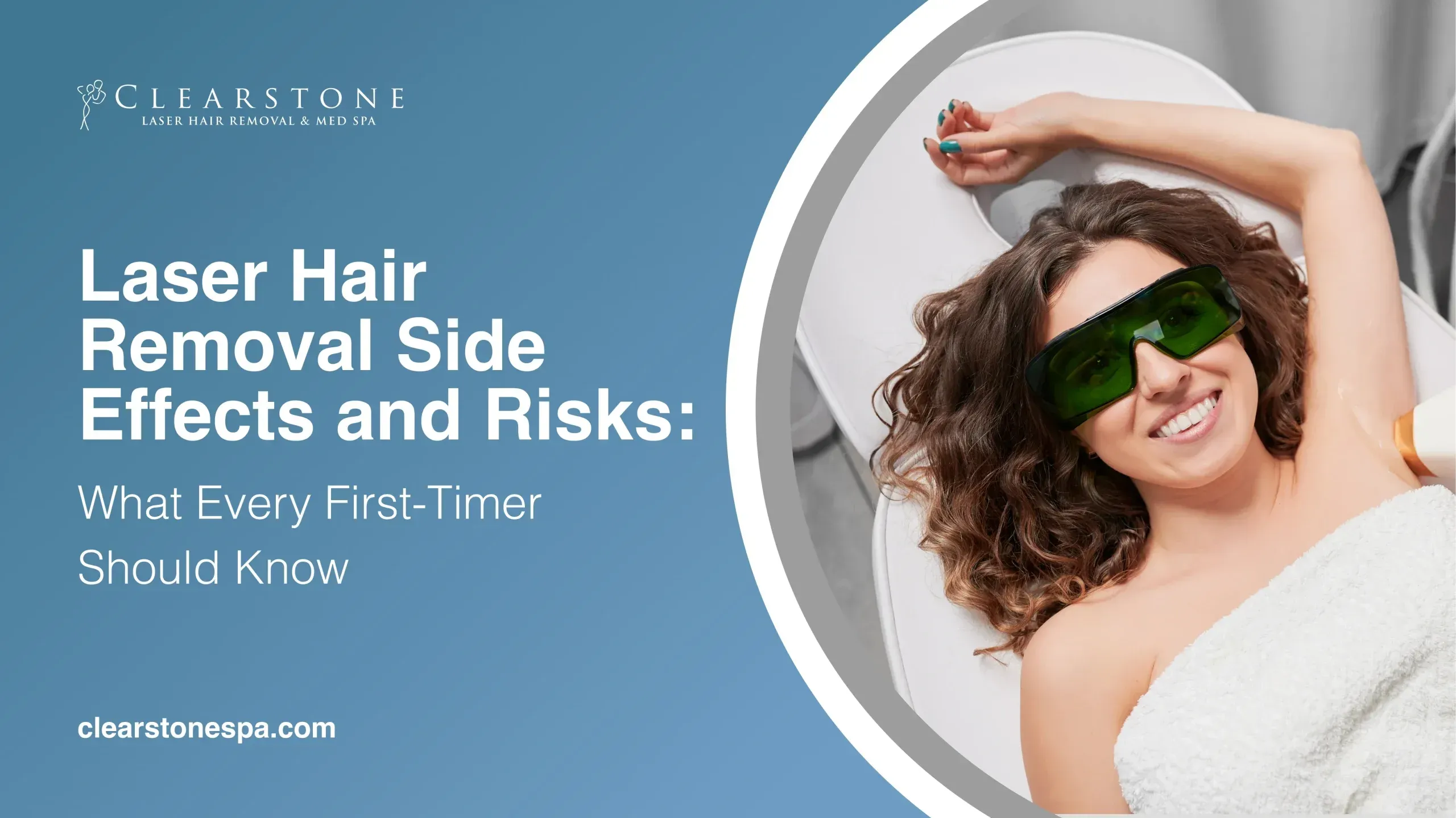
Minimizing Risks and Making Safe Choices for Hair Removal
Doing Your Homework Before You Zap
so you've heard the warnings about the risks of at home laser hair removal, but maybe you're still set on trying it. If that's the case, your absolute first step is research, not just impulse buying the shiniest gadget. Understand that not every device is created equal, and more importantly, not every device is right for *your* specific skin and hair type. Seriously, read the fine print. Manufacturers usually state clearly which skin tones and hair colors their device is designed for. If you fall outside that recommended range – say, you have dark skin or very light hair – buying the device is essentially setting your money on fire and potentially setting your skin up for a bad time. Don't just skim the instructions; devour them. They contain critical information about how to use the device safely, recommended settings, and areas to absolutely avoid (like tattoos, moles, or anywhere near your eyes, unless you enjoy blurry vision). Ignoring these steps is like trying to build furniture without looking at the manual – you'll probably end up with something wonky and maybe a few injuries.
Testing, Avoiding Sun, and Listening to Your Skin
Once you've got a device that *might* be suitable based on your research, the next crucial step in Minimizing Risks and Making Safe Choices for Hair Removal is the patch test. Do *not* treat a large area right away. Pick a small, inconspicuous spot on the area you want to treat and use the lowest recommended setting. Wait at least 24 to 48 hours to see how your skin reacts. Any excessive redness, swelling, blistering, or significant pain means that device or setting is not for you. Period. Also, sun exposure is your enemy when using these devices. Tanned skin has more melanin, increasing the risk of burns and pigmentation issues. Avoid sun exposure on the treatment area for at least two weeks before and after using the device. And this is critical: listen to your body. If a treatment feels excessively painful, stop. If your skin looks angry or blistered afterward, stop and consider seeing a doctor. Pushing through pain or ignoring bad reactions isn't bravery; it's foolishness that can lead to lasting damage.
- Verify device compatibility with your skin tone and hair color.
- Read the instruction manual thoroughly before first use.
- Perform a patch test on a small area and wait for a reaction.
- Avoid sun exposure on the treatment area before and after sessions.
- Always wear the provided eye protection.
- Do not treat tattoos, moles, or compromised skin.
- Stop treatment immediately if experiencing excessive pain or seeing adverse reactions.
- Clean the device according to instructions to prevent infection.
Making an Informed Choice About At-Home Hair Removal
So, is that sleek little device the answer to your hair removal prayers? Maybe, maybe not. We've walked through the potential risks of at home laser hair removal, from the mild sting of irritation to more serious burns and lasting skin discoloration. These devices aren't magic wands, and their effectiveness is often limited by your natural skin tone and hair color. While the convenience and lower upfront cost are appealing, weighing them against the potential for poor results or even injury is essential. Professional treatments, while more expensive, offer a controlled environment with trained technicians who can assess your specific needs and minimize risks. Ultimately, the decision rests with you, but going in with your eyes wide open to the potential downsides is the smartest first step. Don't just focus on the promise of smooth skin; consider the reality of what could go wrong and whether that risk is worth it for you.
